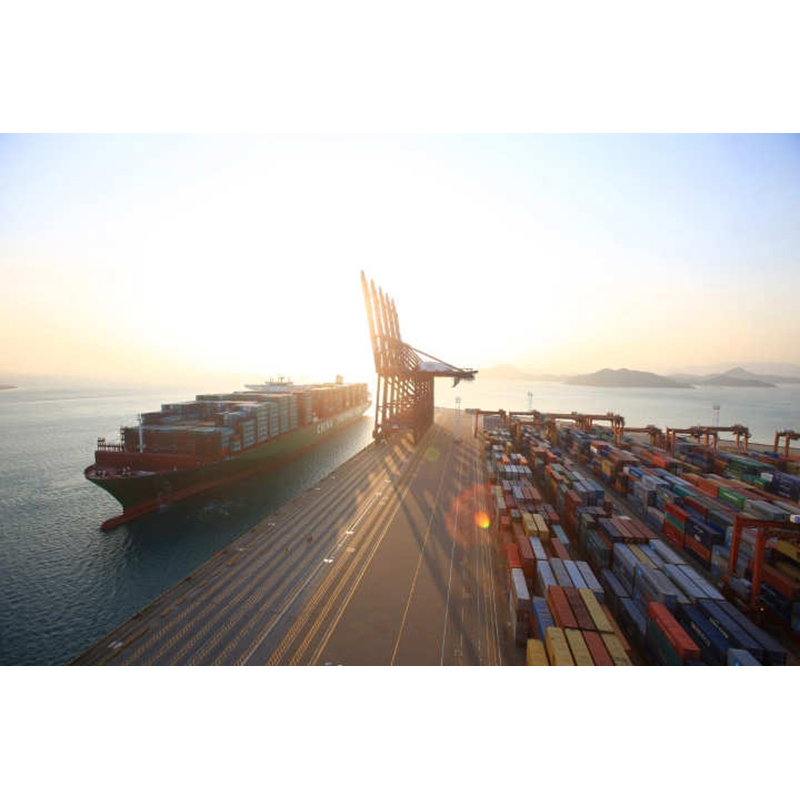Features and aspects associated with sea freight
2024-02-22
Sea freight, also known as ocean freight, refers to the transportation of goods or cargo by sea using ships or vessels. It is a crucial component of international trade and logistics, providing a cost-effective and efficient means of moving large quantities of goods across long distances. Here are key features and aspects associated with sea freight:
1. Containerization:
- Sea freight commonly involves the use of standardized shipping containers. Containers simplify the loading, unloading, and handling of goods, and they can be easily transferred between different modes of transportation.
2. Types of Cargo:
- Sea freight accommodates a wide range of cargo types, including manufactured goods, raw materials, machinery, automobiles, perishable goods, and more. Different types of cargo may require specialized containers or handling procedures.
3. Container Sizes:
- Standard container sizes include 20-foot containers (TEU) and 40-foot containers (FEU). High cube containers with additional height are also used. The choice of container size depends on the volume and nature of the cargo.
4. FCL (Full Container Load) and LCL (Less than Container Load):
- In FCL shipments, a single shipper's goods occupy a full container. In LCL shipments, multiple shippers' goods share a container. FCL is often more cost-effective for large volumes, while LCL is suitable for smaller shipments.
5. Ports and Shipping Routes:
- Sea freight operates through major seaports worldwide, connecting different regions and countries. Shipping routes are carefully planned, considering factors like distance, trade volume, and geopolitical considerations.
6. Freight Forwarders and Shipping Lines:
- Freight forwarders act as intermediaries between shippers and shipping lines, facilitating the entire shipping process, including documentation, booking, and customs clearance. Shipping lines operate vessels and manage transportation.
7. Transit Times:
- Transit times for sea freight vary depending on the distance and the specific shipping route. While sea freight is generally slower than air freight, it is often more economical for large shipments.
8. Incoterms (International Commercial Terms):
- Incoterms define the responsibilities and obligations of buyers and sellers in international trade transactions. They specify who bears the costs and risks at each stage of the transportation process, including during sea freight.
9. Customs Clearance:
- Customs clearance is a critical aspect of sea freight, involving the completion of documentation and compliance with customs regulations at both the origin and destination ports.
10. Bill of Lading:
- The bill of lading is a crucial document issued by the shipping line, serving as a receipt for the goods and a contract of carriage. It provides details about the shipment and is used for claiming the cargo upon arrival.
11. Insurance:
- Shippers often purchase marine insurance to protect against the risks of loss or damage to the goods during transit. Insurance coverage can vary, and terms should be carefully reviewed.
12. Environmental Considerations:
- Sea freight, while energy-intensive, is generally considered more environmentally friendly than certain other modes of transportation, such as air freight. Efforts are being made to improve the environmental sustainability of the maritime industry.
13. Bulk Shipping:
- Some commodities, like grains, minerals, and liquids, are transported in bulk carriers rather than standard containers. Bulk shipping involves the direct loading and unloading of unpackaged goods.
Sea freight plays a vital role in global trade, facilitating the movement of goods on a large scale. It offers a cost-effective solution for transporting goods over long distances, especially for shipments that are not time-sensitive. However, it requires careful planning and coordination due to longer transit times and various logistical considerations.



